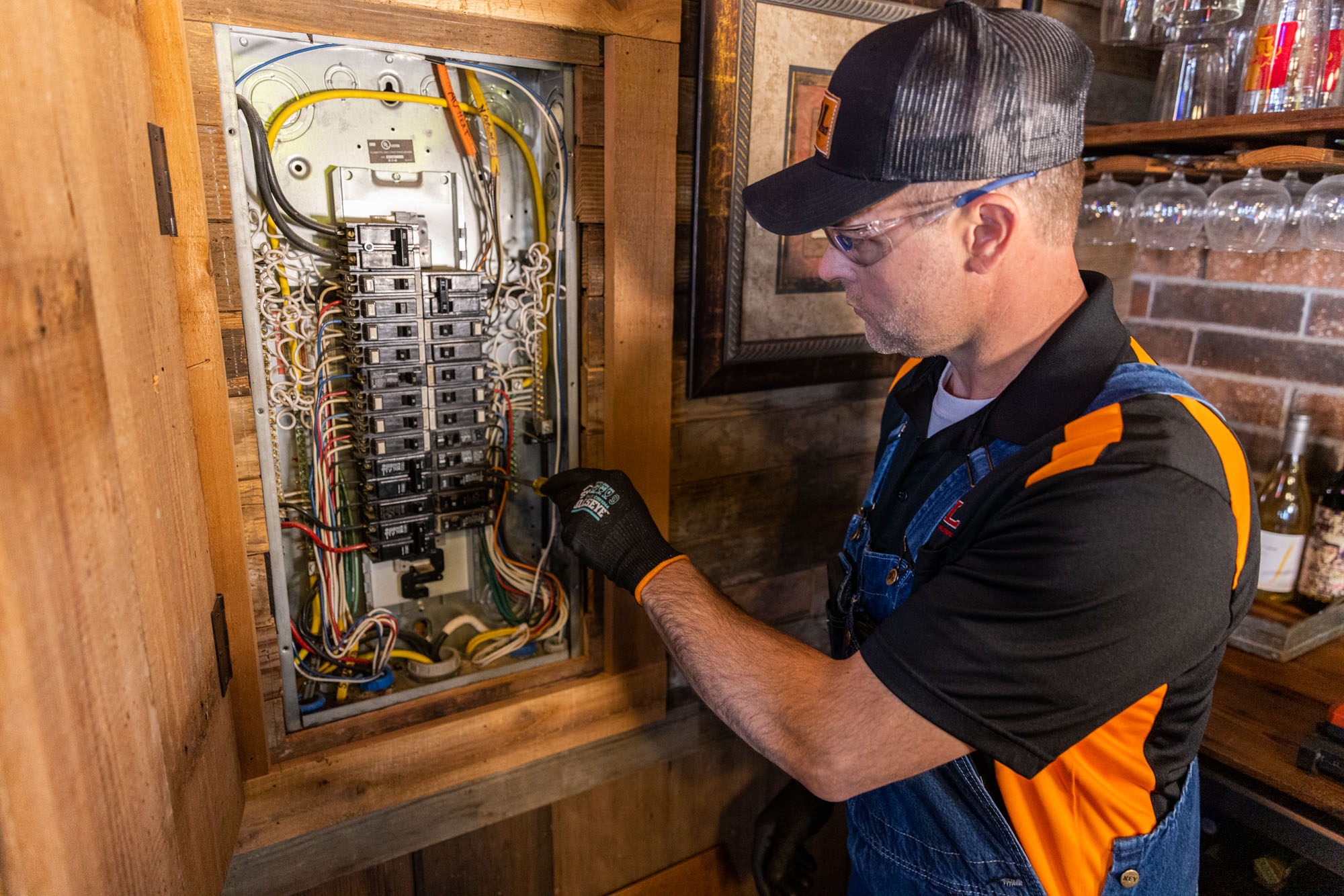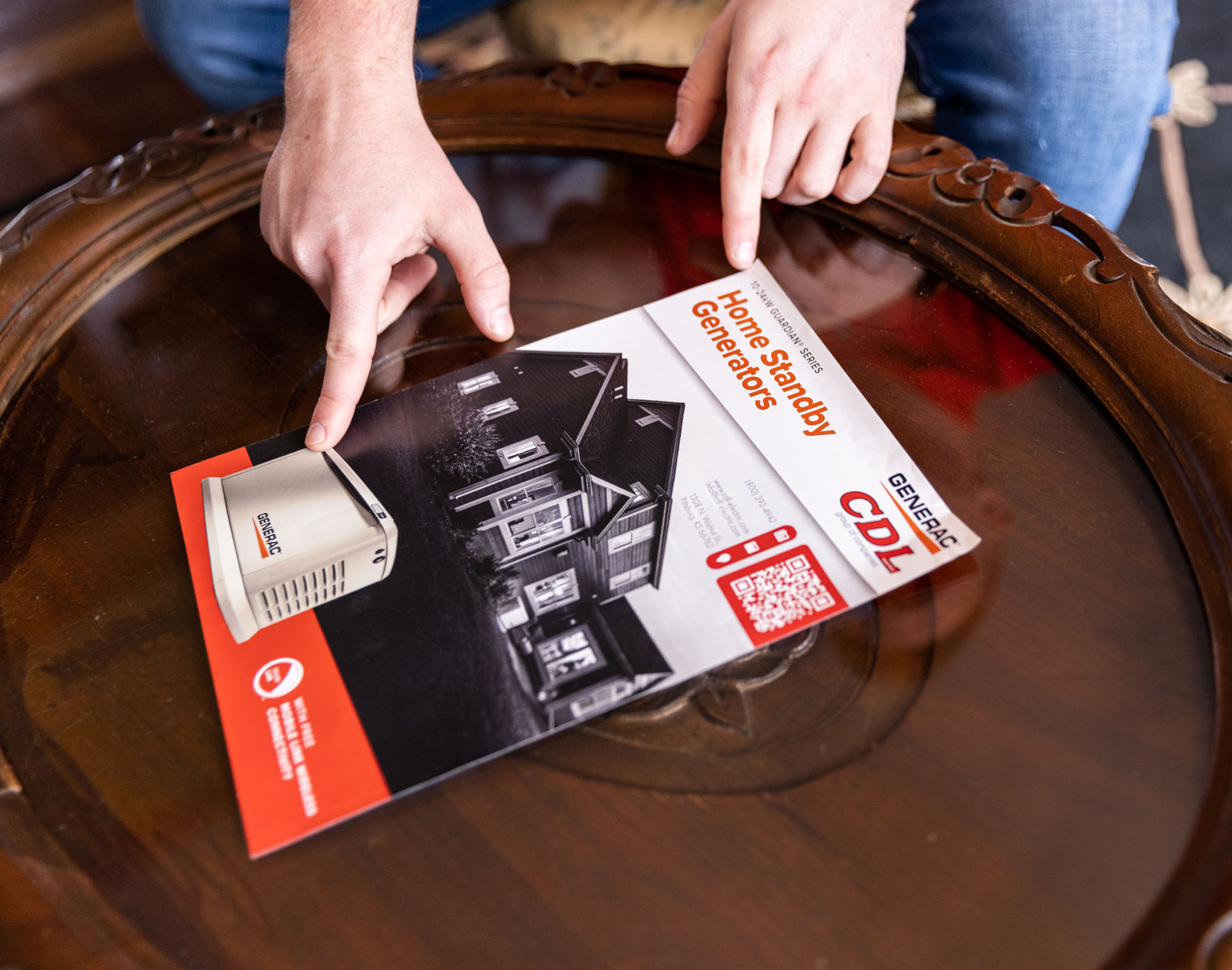As the winter chill tightens its grip, homeowners must be vigilant against the threat of frozen pipes. When temperatures plummet, the water inside pipes can freeze, leading to potential disasters like burst pipes and water damage. CDL, your trusted partner in home solutions, offers valuable advice to help you navigate the winter freeze and protect your pipes.
Insulation is Key:
The first line of defense against frozen pipes is proper insulation. CDL recommends insulating vulnerable pipes, especially those in unheated areas like basements, attics, and crawl spaces. This simple yet effective measure can prevent pipes from reaching freezing temperatures and minimize the risk of freezing.
Keep a Consistent Temperature:
Maintaining a consistent indoor temperature is crucial in preventing frozen pipes. CDL advises homeowners not to set the thermostat too low, even when the house is unoccupied. A slight increase in heating costs is a small price to pay compared to the potential expense and inconvenience of dealing with burst pipes.
Drip Your Faucets:
When temperatures dip, allowing faucets to drip can relieve pressure in the pipes and prevent freezing. CDL recommends opening a faucet slightly to let water flow, especially for pipes along exterior walls. The moving water is less likely to freeze, reducing the risk of blockages.
Seal Leaks and Cracks:
Cold air can find its way into your home through leaks and cracks, putting your pipes at risk. CDL suggests sealing any gaps in windows, doors, and the foundation to keep the cold out and the warmth in. This not only protects your pipes but also enhances overall energy efficiency.
Add Extra Insulation in Extreme Conditions:
In severe cold spells, CDL recommends going the extra mile by adding extra insulation to vulnerable pipes. This can be in the form of pipe sleeves, heat tape, or even wrapping pipes with layers of newspaper. Taking these precautions can be particularly beneficial in regions prone to extreme winter temperatures.
Know How to Thaw Frozen Pipes Safely:
If you suspect a frozen pipe, it’s crucial to thaw it safely to avoid further damage. CDL advises using a hairdryer, hot towels, or a space heater to gently warm the affected area. Never use an open flame or excessive heat, as this can lead to accidents or damage the pipes.
By following these tips from CDL, you can fortify your home against the perils of frozen pipes and ensure a warm and worry-free winter. Remember, a little prevention goes a long way in protecting your home from the winter freeze.


